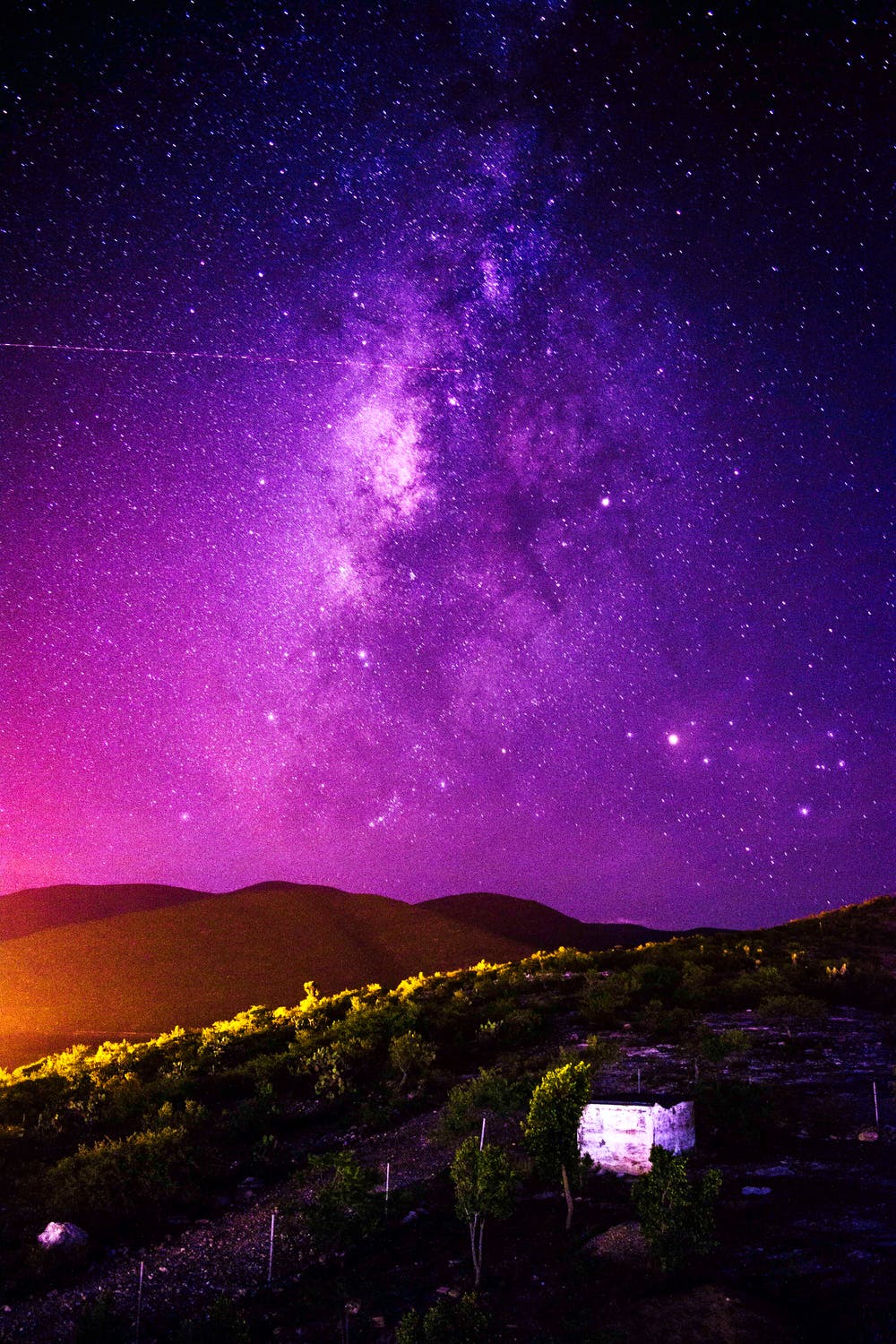Marketing your Book: What Genre are you Writing, Who is Reading it and What do they Expect? Part 3 – Science Fiction and Fantasy

In this five-part series, I analyse the most popular genres from the perspective of a debut novelist. I answer questions like "How can I identify my genre?" "Who is my target demographic?" "What will my readers expect from me?" and "How can I reach them?"
Today is Part 3 - Science Fiction and Fantasy
What is Science Fiction and Fantasy?
This question isn't as easy to pin down as you may think. Most people think Science Fiction requires spaceships and aliens while Fantasy requires magic and wizards... well, yes and no. Science Fiction, at its core, comes in one of two types: Either it requires futuristic technological or scientific advancements, or it requires significant social or environmental changes. The Martian by Andy Weir is a clear science fiction novel based in the near future with a gripping plot as well as shit-ton of science in it. And math-lots and lots of math. Fortunately, I like math, so this was a good fit for me. This first and, arguably, primary type of Science Fiction requires hyper-realism. In other words, the situations and technology available has to be scientifically realistic in the current physical world as we know it-just in the future a bit.
The second type of Science Fiction, however, isn't so easily to recognize. George Orwell's 1984, for instance, is considered a Science Fiction because it's a dystopian future based on the assumption of a totalitarian government gaining power and, literally, rewriting history to affect social change. However, there are no spaceships or aliens or anything more technologically advanced than a combination television / video camera that spews out propaganda while spying on citizens. Science Fiction, at least the second category, is about exploring the idea of "what if...?" Orson Scott Card wrote a Science Fiction based mostly in the past called Pastwatch. The main idea was "what if Christopher Columbus never set sail and someone else-someone later-discovered the Americas?" There are certainly futuristic elements in the way the book changes history, but the main story was an alternative history based on a "what if...?" question.

In Fantasy, however, the rules are different. A Fantasy story is one in which the plot could not happen in the real world. There are fundamental rules and a set of physical laws in the Fantasy story which simply don't exist in the real world-such as magic. There is some wiggle room here in the realm of the Paranormal Fantasy, which generally deals with disputed elements of or own world's laws: ghosts, telepaths, people who can see the future, past lives, things like that. Most people do not believe these thing are possible or exist, but others do, so it's murky water. However, pretty much everyone agrees that it's just not possible for a human being to shift into a dragon and go flying about, so that's clear Fantasy. In his book The Game of the Impossible, W.R. Irwin defined a Fantasy as "a story based on and controlled by an overt violation of what is generally accepted as possibility." This remains the best definition I've found for this genre.
Very often, Fantasy stories take place on alien worlds with advanced technology, so to the casual observer the distinction can get a little murky. In addition, there is a ton of natural overlap in these two genres and sometimes the lines are purposefully smudged even further. In the Star Wars universe, for instance, the main plot revolves around this magical force called... The Force. It allows the users to perform telekinesis and mind control, and gives them the ability for short-term precognition, or at least be able to sense what is about to happen next. However, even though the plot could not occur in the real world, Star Wars is considered a Science Fiction story because of its heavy emphasis on the technological side of its universe. There is no "what if...?" question that's being explored-It's an adventure story with magical elements. Star Wars is a Fantasy that has been marketed to Science Fiction consumers because when the first movie was released in 1977, the only successful Fantasy movie thus far had been Willy Wonka and the Chocolate Factory. It was a kid's movie and it had come out six year's prior, while Science Fiction movies were making bookoo money with Planet of the Apes, The Andromeda Strain, Close Encounters of the Third Kind, A Clockwork Orange, The Rocky Horror Picture Show, The Stepford Wives and a whole heap of Godzilla movies. Science Fiction, in the 1970s, was very, very in, and Fantasy was not.
So, if you're not sure if your story is a Science Fiction or a Fantasy, ask yourself if it's exploring a "what if...?" question that has social or environmental significance. If that question is the main plot of the story and it's physically possible, even if only theoretically, for the plot to occur in the real world, then you've probably written a Science Fiction. If your story is set in space with aliens and cool new gadgets to play with, then it's probably also a Science Fiction. If your story has aliens and lots of fun, new technology and people exploring space-but there's a subgroup of magical critters and you don't even try to explain the science behind why they can do what they do, then you've written a Fantasy with Science Fiction elements.
Who is Reading Science Fiction and Fantasy?
Science Fiction and Fantasy novels command a $590 million dollar industry, and funnily enough they're some of the hardest demographics to pin down. Like with Thrillers and Mysteries, which I talked about in Part Two of this series, it's difficult to nail down reliable data on these reader demographics because of the sheer amount of overlap, so my data has-again-come from harder-to-quote sources. Also like Thrillers and Mysteries, there is a stereotype that men read Science Fiction while women read Fantasy. Again, this stereotype just doesn't pan out. While writing this series and trying to nail down a demographic for Science Fiction and Fantasy, my research indicates that there isn't a demographic for Science Fiction and Fantasy-the readers who read these genres, are simply the people who like these genres, and it's nearly impossible to predict who those people are based on typical demographic factors.
When trying to figure out how to best re-market his novel, a Science Fiction writer named Mark Niemann-Ross posted a survey through Google and received 581 respondents. This is an admittedly small sample, but it does show some interesting trends: of those who stated that they read Science Fiction (20%), 57% were men and 43% women. Even the author says that after accounting for the fact that women tend to read more than men and make up a larger portion of the reading population, he was looking at split-even numbers as far as gender. In other words, Science Fiction does appeal more to men than to women, but there are far more women in the book-reading market than men. In the end, it's a wash. This is a generality that I see again and again-an even split in readership between the genders in every genre except Romance.
The ages of the self-proclaimed Science Fiction readers were fairly even except for those 45-65, where interest dropped off, and even then, it was only a 10% drop compared to the other age ranges. Interestingly, after age 65 interest picked right back up again. These Science Fiction readers also tended to be wealthier than the average Joe, with nearly three-quarters earning at least $50,000 a year and over half earning $80,000 or more a year.
Fantasy readers are even more elusive, although according to a Publishers Weekly 2014 survey, they made up 2/3rds of the Science Fiction and Fantasy market. Much like Science Fiction fans, their ages span the entirety of the human lifespan, and it's simply pointless to try and think of a Science Fiction and Fantasy reader based on an age span.
Instead, I did find some useable data about the themes most and least enjoyed by Fantasy readers. The top four themes most enjoyed by Fantasy readers are, in order, Magic, Quest, Supernatural, and Dystopian Future/Dying World. The top four least preferred themes are Romance, Politics, Small Town Prejudices, and Sexuality. The top four subgenres of Science Fiction and Fantasy are High Fantasy (see below), Post-Apocalyptic, Dark Fantasy, and Supernatural. The four least preferred subgenres are Holocaust, Cyberpunk, Steampunk, and Hard Science Fiction. Keep in mind, however, that as a self-published author, you have the ability to make a big splash in niche markets. Big publishers may pass on a Steampunk Romance Fantasy, because they have to make a certain minimum amount of money to cover a large initial investment, but that doesn't mean there isn't a market for those stories-it's just a smaller market. Focus on the fundamentals and make sure you're marketing to the audience who likes your kinds of stories instead of what you think the typical Science Fiction and Fantasy reader wants to read.

What do Science Fiction and Fantasy Readers Expect?
Fantasy in particular has a lot of 'types' and sub-genres that readers expect to be told about prior to purchase.
'Epic' Fantasies are highly complex and have a large cast of characters. These novels almost always go over 100,000 words. 'High' Fantasy is an entirely created world or universe with its own rules, usually set on a different planet, while 'low' or 'contemporary' Fantasy is set in the 'real' world and has some hidden realms invisible to those not in-the-know. For High Fantasy, think Game of Thrones. For Low fantasy, think Harry Potter.
Medieval Fantasy is, of course, set in medieval times and can be either High or Low fantasy. The Lord of the Rings is an Epic Medieval High Fantasy. Catching on yet?
'Steampunk' is a subgenre that heavily incorporates technology and clothing inspired from 19th-century industrial steam-powered machinery. Usually, the author spends a great deal of time describing the gadgets and clothing their characters use and wear, and the setting is generally a Victorian or quasi-Victorian society.
'Cyberpunk' is an interesting genre that assumes an advanced technological society that has collapsed or reverted-futuristic gadgets and technology abounds, but the society is urban and usually dystopian. Fans of Jessica Alba's Dark Angel television series will recognize this description immediately. Ready Player One by Ernest Cline is another good example.
For all Science Fiction and Fantasy novels, it's a good idea to give your potential readers an approximate rating. 'Young Adult' novels will not feature graphic sex or violence, although these events can take place, just 'off camera' or not in any read detail. 'New Adult' is generally geared toward college aged readers, who are technically adults, but without the sheer graphic intensity once expects in an Adult novel. New Adult is somewhere between a Young Adult and an Adult rating. If there is graphic, detailed sex acts or gory violence, you'll want to describe it as an Adult novel.

How to Market to Science Fiction and Fantasy Readers:
With such an incredibly varied demographic with no clear-cut common interests besides... Science Fiction and Fantasy, your best bet will probably be to master the basics rather than trying to advertise. This means truly beautiful and professional book covers that will attract the right readers, and well-researched descriptions utilizing all the keywords appropriate to your story that will grip the right readers just when they're looking for something new to read.
Fantasy book covers are, by far, the highest-expectation genre as far as complexity and beauty goes, so it is very important to hire a professional book cover designer if you want your Fantasy to be successful. It really does need to hit all the right marks. In addition to high-quality graphics and artwork, the fonts are especially important. Fantasy fonts won't have the fancy scripts of Romance covers, but they aren't as masculine and severe as Thriller fonts, either. Look for a font that is primarily bold with sharp corners but incorporates some flair: a little scroll work around the ends of the letters, a Celtic vibe, something like that.
For Science Fiction covers, establishing setting is going to be your primary goal. In space, on a future earth, this is a genre where most readers are going to expect to know where the story is set-more or less-by looking at the cover. Fonts are just as important here: Science Fiction fonts usually pay homage to the original computer fonts of the 1960s and 1970s. The idea behind these fonts was to create an alphabet with characters completely distinct from each other, so that the computer could recognize them with minimal mistakes, while still being readable to the human eye. What came about from this was called OCR-A (Optical Character Recognition) and is still used today in ISBN number and Passports. These fonts are distinct and truly mark your book as a work of Science Fiction. The fonts are usually slightly rounded at the edges and resemble the readout on your digital alarm clock.
If you'd like to hear when new blogs are posted, follow me on Twitter @CynthiaCPayne or join my Facebook group here: https://www.facebook.com/groups/CynthiaPayne/

